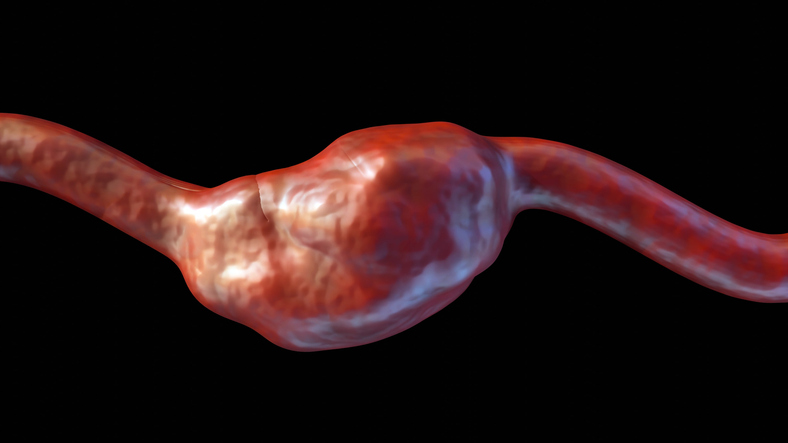
The left subclavian artery (LSA) is an alternative access path for patients with severe peripheral artery disease (PAD), though it is not frequently used. Researchers, led by Alexander Lind, evaluated a new approach that combined “an axillary prosthetic conduit-based access technique with new-generation balloon-expandable [transcatheter aortic valve replacement (TAVR)] prostheses.” The collaborators’ report, published in Frontiers in Cardiovascular Medicine, stated that the approach technique allowed for safe and successful TAVR in a subgroup of patients with a high risk of procedural complications due to severe peripheral vascular disease.
The study included a total of 251 patients who underwent TAVR at the West German Heart and Vascular Center. Ten patients were treated by direct surgical exposure of the left or right axillary artery using an adapted prosthetic conduit.
According to the authors, no specific complications of the subclavian access site, such as vessel rupture, vertebral, or internal mammary ischemia, were reported. Regarding other complications, the investigators reported that one procedural stroke occurred “due to severe calcification of the aortic arch.” Additionally, two minor bleedings at the access site occurred, which were treated conservatively.
Overall, the authors deemed their approach feasible, adding that “no surgical revision was necessary,” and concluded that, “considering the increasing number of patients referred for TAVR, this approach could represent an alternative for patients with limited access sites.”







 © 2025 Mashup Media, LLC, a Formedics Property. All Rights Reserved.
© 2025 Mashup Media, LLC, a Formedics Property. All Rights Reserved.